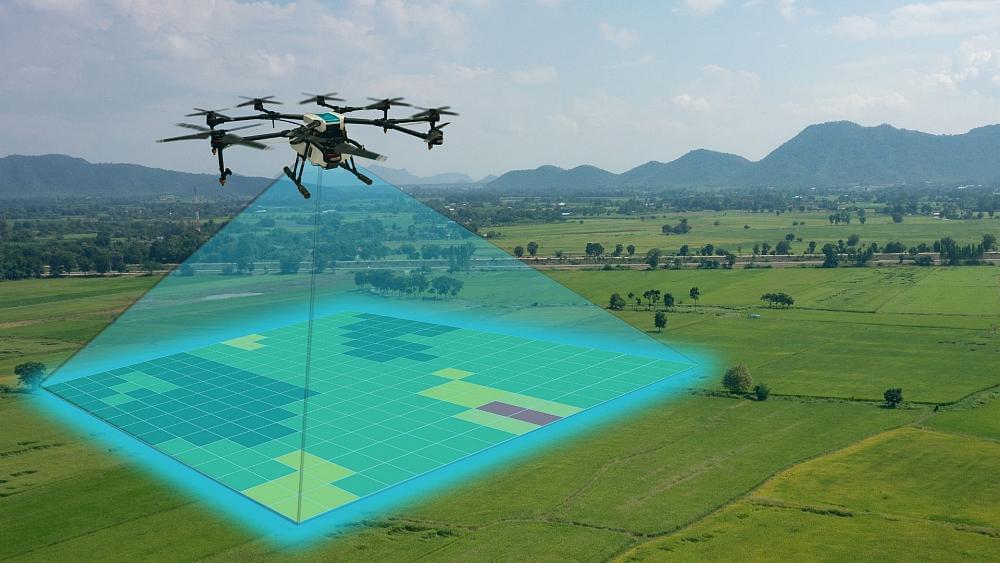But I am a visionary by the most grounded, neutral definition of the word (and so are you, undoubtedly):
By this definition, a “visionary” is just a person who regularly envisions the future and feels a deep need to design it with care, at times with such compulsive passion that it risks defining one on a core level and consuming one with endless details of a reality which has yet to formally occur.
In my inner midnight rambles, when this archetype is in full moonlit bloom, I envision our little enclave of ultra-talented, idiosyncratic, fun-loving Austin artist family winding up in some kind of post-apocalyptic village together, almost as if we’ve been training our entire lives for this…
It feels as if this ‘apocalypse’ were such a powerful future event that it’s been gravitationally pulling us toward it for decades, and that the closer we get to it, the more we feel the unmistakable velvet touch of the ultraviolet retrocausal torsion wave cast back into the past we call ‘now’—through the Tesseract, that divine instrument of nonlinear timeline coherence and coincidence control—from this inevitable future singularity, allowing it to spark in all our nuclei an unmistakeable sense of purpose-driven directionality and community…
…This is The Tesseract, a newsletter about persistent reoccurring visions of future humans.
An exploration of a persistent vision of future humans.






